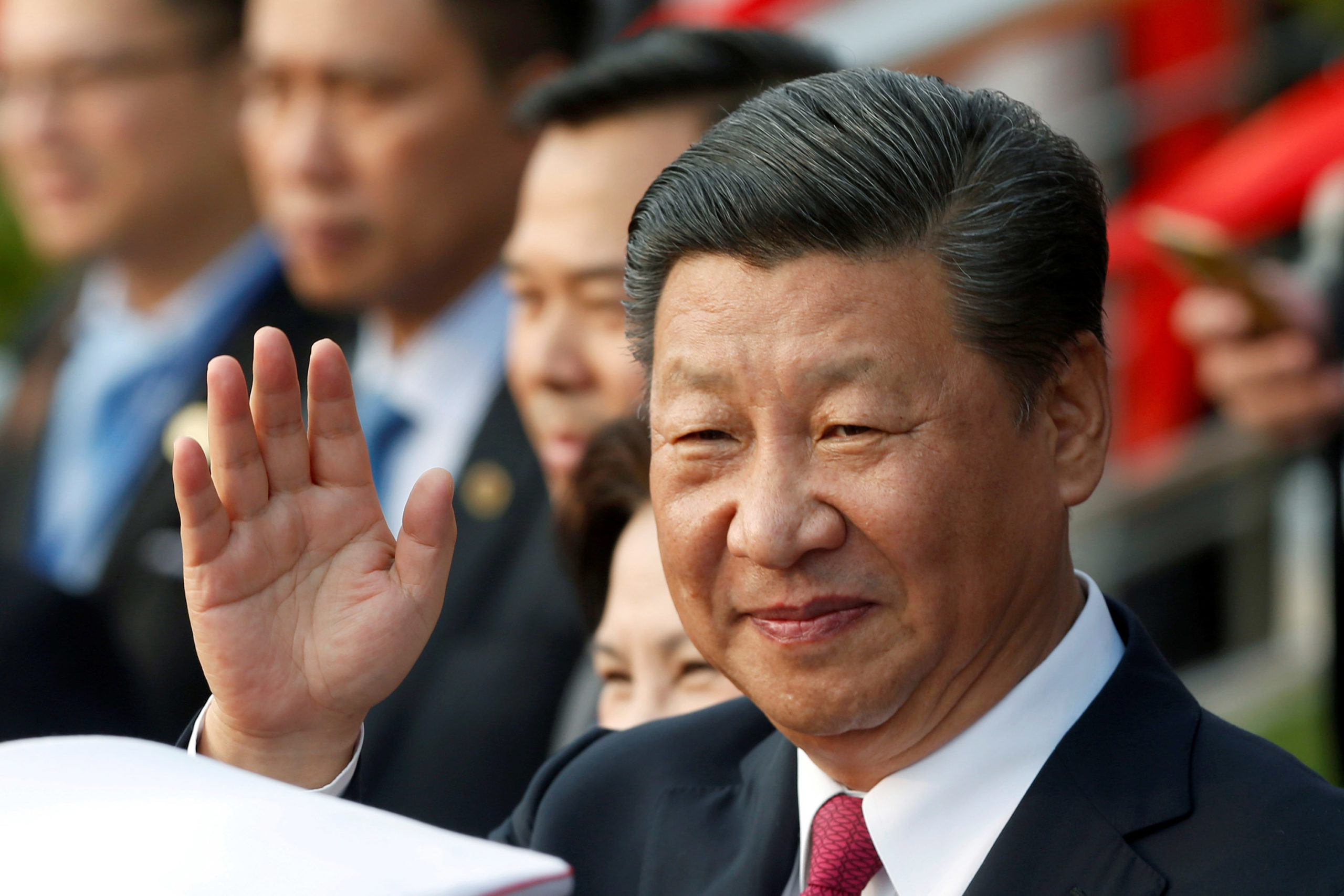Xi Tibet Visit : To Gain First Hand Knowledge Of Military Preparation
By
Colonel Awadhesh Kumar, Special Forces, Veteran

Chinese Communist Party made a grand plan to celebrate its 100th year. The PLA already seething with frustration of 2017 Doklam back down and reverses in Maldives in 2018, had meticulously planned further annexation in Ladakh to expand its illegally Occupied Territory of Ladakh through the well tested tactics of “ salami slicing “.
However at Galwan, all its plan were put to rest by the gallant soldiers of the Indian Army. Then within no time the Indian Army moved in massive reinforcement to forever end the salami slicing tactics of the PLA. In fact now the Indian Army is adding some offensive capabilities, to take the battle into Occupied Ladakh for its liberation, in case the PLA starts the next misadventure.
Some time back, the Commander of the Western Theatre of PLA got replaced due to his ineptness in handling the situation. And now Xi’s visit have exposed the hollowness of China’s claim about Occupied Tibet being an ‘integral and inseparable part of China’ or that the Tibetans are ‘happy’ and ‘thankful’ to China for its forced ‘liberation’ from the Dalai Lama’s ‘feudal’ rule.
Chinese President Xi Jinping’s sudden and dramatic visit to Tibet has many facets. With each carrying no less weight than the other. This is first time that Xi, the supreme leader of China is visiting this occupied colony of Tibet, since he took over the reins of China as its President, party General Secretary and the supreme military commander. Ten years back, he had visited as mere vice president
The extraordinary secrecy engulfing Xi’s sudden arrival in Tibet is clear indication that it was not a political visit but a secret military visit. His keen interest in the new railhead at Nyingchi and the progress of the Chengdu-Lhasa railway projects underlined the military nature of the visit.
China is also determination to convert occupied Tibet into a perfectly docile colony and plans are there for also increasing military pressure against India. This first ever visit of the supreme Chinese leader to the proposed mega hydro project on the Brahmaputra is also a no less a demonstration of Chinese coercive tactics against India.
Later his dramatic appearance in Lhasa reflected the political ambition of China’s Communist Party. However it also exposed the Chinese establishment’s lack of faith in its Tibetan subjects and the anxiety and fears about the personal safety of its visiting supreme leader.
The visit was reported to the world community and even to the people of Occupied Tibet by the Chinese media only two days after he had landed in Nyingchi and then Lhasa and had already received detailed military briefing and carried out reviews on ground.
Reports coming from Tibet show that both Nyingchi and Lhasa were put under a near curfew like lockdown during his visit. People—except for a select crowd which was brought to greet him with well-orchestrated costume dances and handshakes in front of China’s national TV cameras in both cities—were ordered to stay indoors. For the whole time Xi was in Occupied Tibet, the streets remained under physical control of the Public Security Bureau and under the close scrutiny of thousands of security cameras—cameras that are present in every Tibetan city, town and village since Xi has taken control of China.
This kind of media coverage also exposed the hollowness of China’s persistent claims about Tibet being an “integral and inseparable part of China” or that the Tibetans are “happy” and “thankful” to China.
Thus despite seven decades of iron-fisted control over occupied Tibet and It’s people, Chinese have failed to win hearts. More than 150 self-immolations by ordinary Tibetan citizens in recent years; an unending chain of public protests against the colonial rule of China, including the internationally reported massive public uprisings of 1959, 1987, 1989 and 2008; and the daring escape by thousands of Tibetans to India and Nepal should explain everything.
A major part of visit of Xi in Nyingchi, which concerns India, was the 1,629 km long Chengdu-Nyingchi-Lhasa rail project, costing $49 billion, which is going to replace the 3,000 km long Chengdu-Xining-Gormo-Lhasa-Nyingchi rail route and reduce PLA’s deployment time from 48 to just 10 hours to the Indo Tibetan borders.
These infrastructure development are not only to further tighten China’s security grip over Tibet but is also likely to pose a fresh challenge for Indian defence forces who have started developing the border infrastructure only lately. Now the Indians too must expedite the all weather ZOZI LA tunnel, make Manali Leh route all weather and take the rail line to both Leh and Tawang.
Xi’s visit to Brahmaputra has also reaffirmed Chinese plans to build a complex of dams and powerhouses right on the info Tibetan. This dam will have three times the capacity of the world’s largest and China’s pride, the Three Gorges Dam. When completed, it will be 111 times bigger than the Bhakhra Nangal Dam or nine times the total installed capacity of India’s top five similar projects put together.
Having faced serious floods in North East and Kinnaur at least three times due to Chinese manipulation of rivers and dams along Indo Tibetan borders, this new dreaded dam at Brahmaputra is going to be a nightmare for India.
In one of his recent speeches, Xi had announced, “To govern the country, it’s necessary to govern the border…and to govern the border, it’s required to stabilize Tibet first.”
Xi’s personal aim seems to become the lifelong supreme leader of China who would be armed with the power and popularity of Mao and Deng Xiaoping put together. He also aims to make China the top super power. To fulfil this dream China must enforce its control over Tibet and dominate the Indo Tibet borders because the only obstacle to the entire dream of World domination comes from India. USA and NATO are temporary phases.
Thus this surprise visit to Tibet clearly demonstrates both The Chinese anxiety as well as determination to achieve this goal. India can neither afford to ignore such moves nor the Chinese designs within occupied Tibet and across the Indo Tibetan border.



